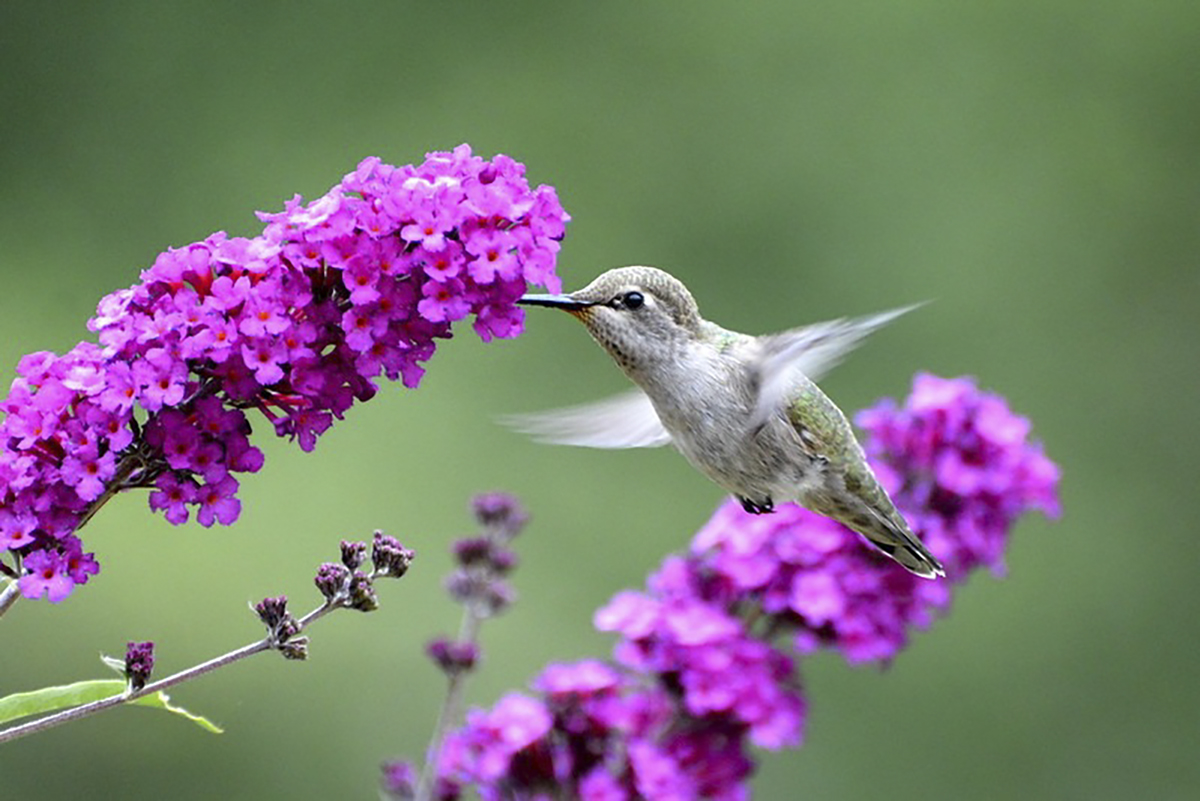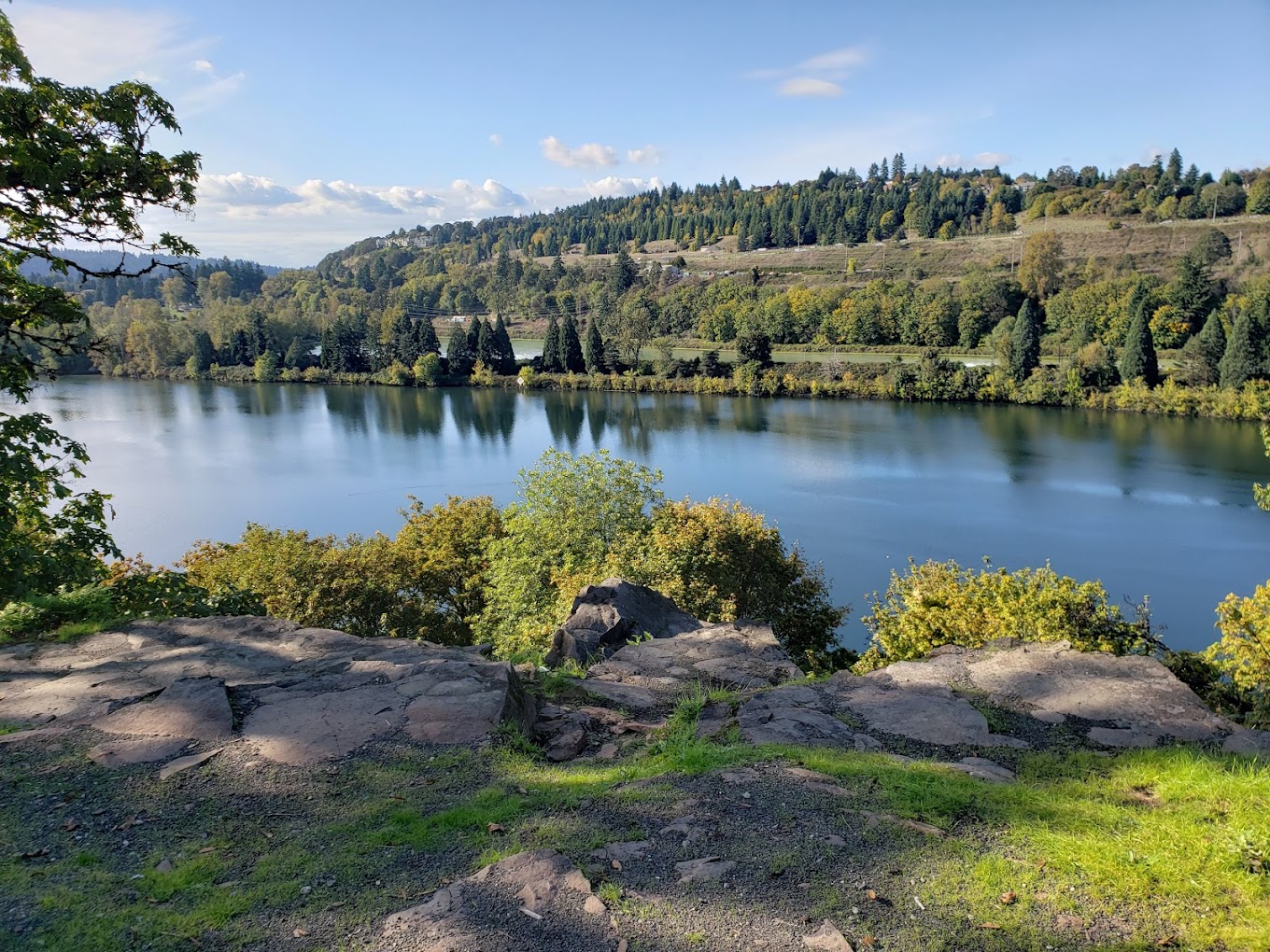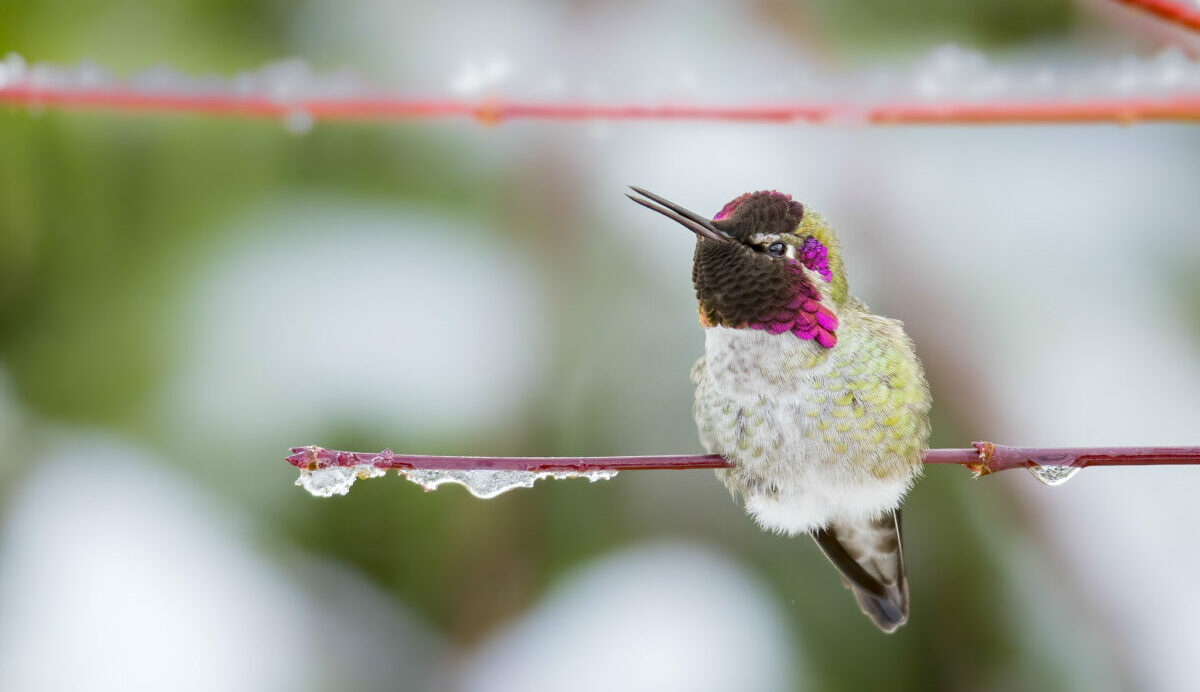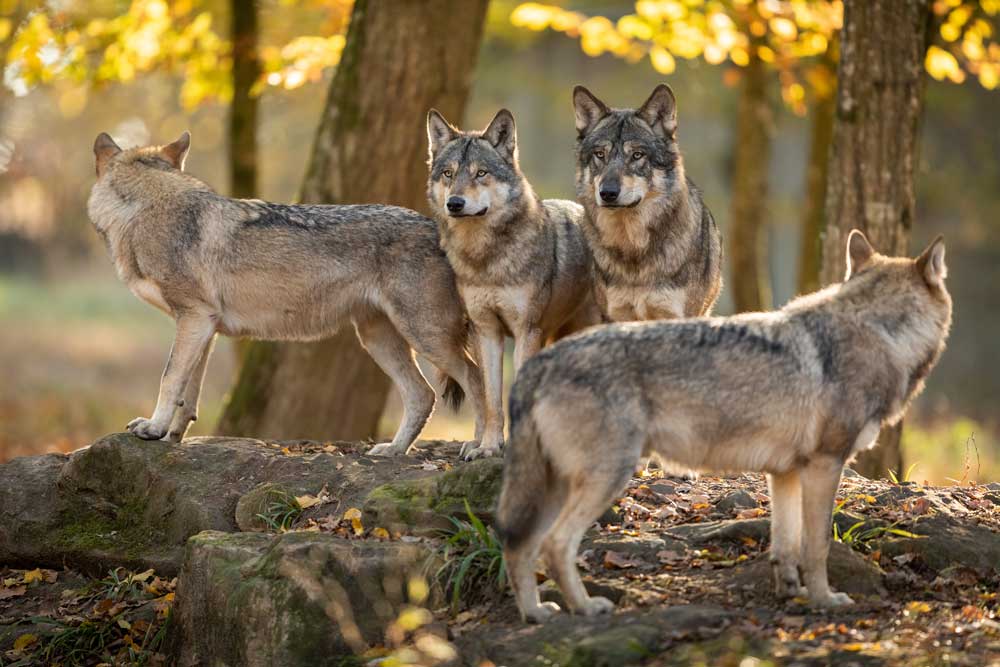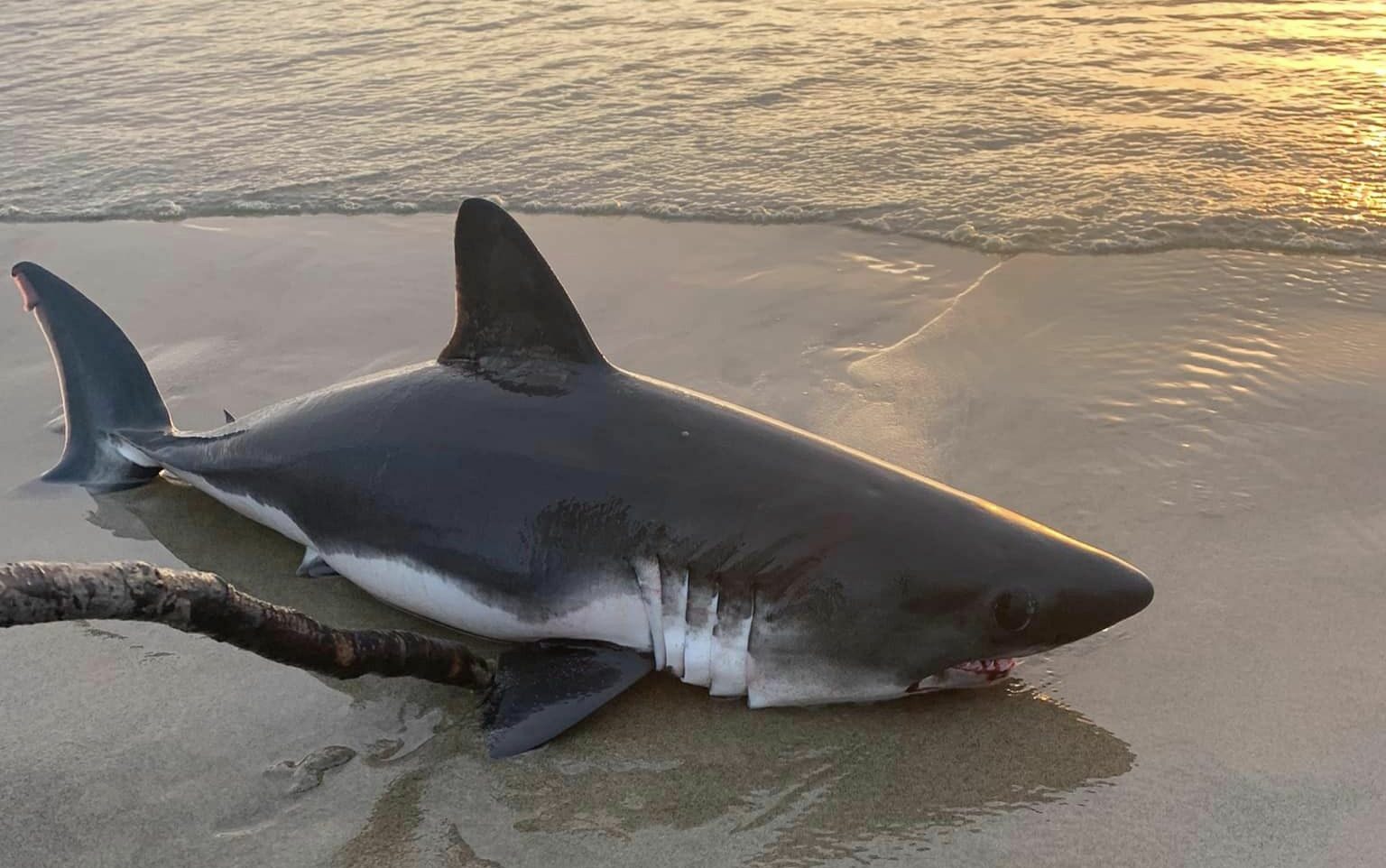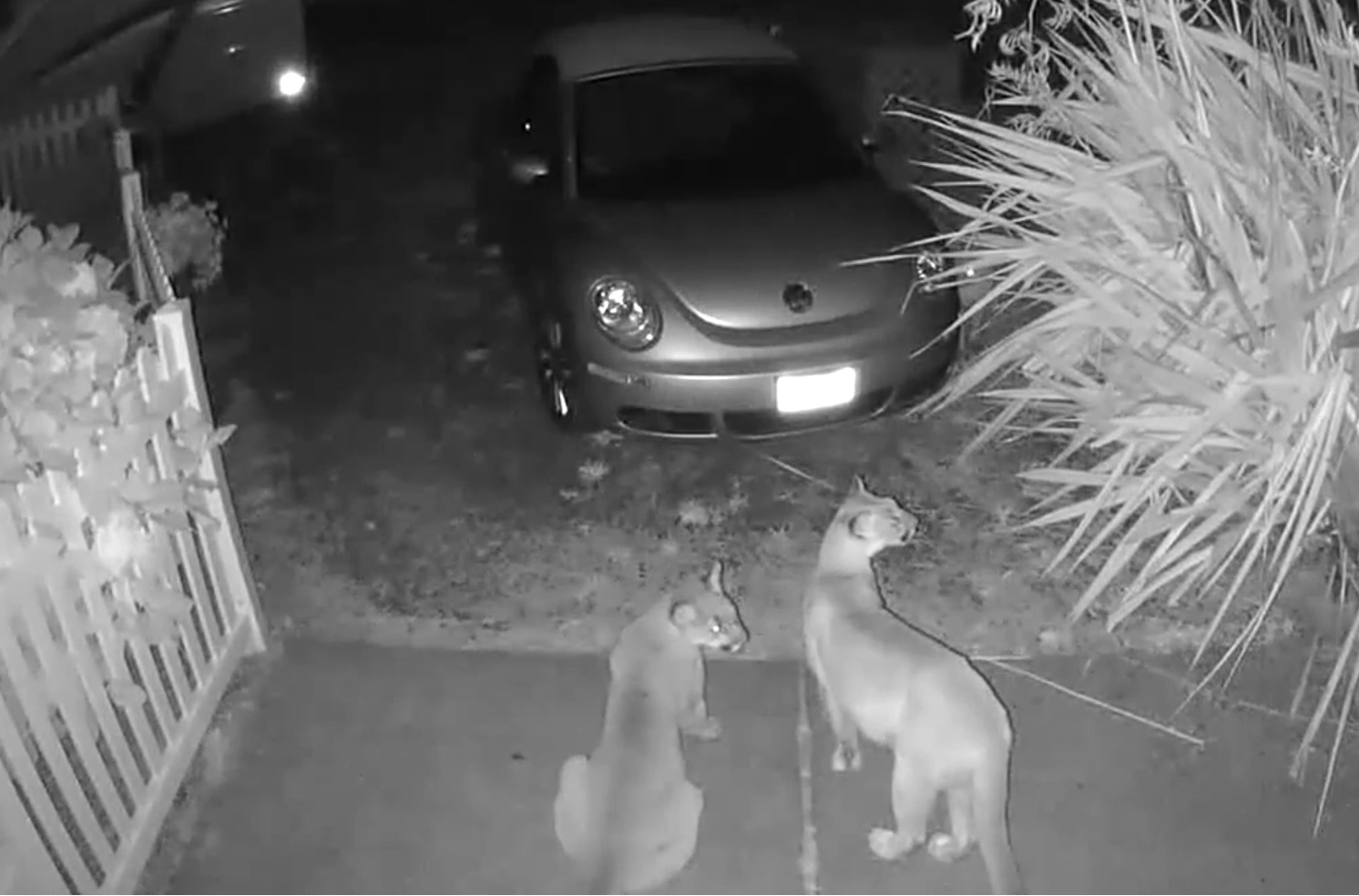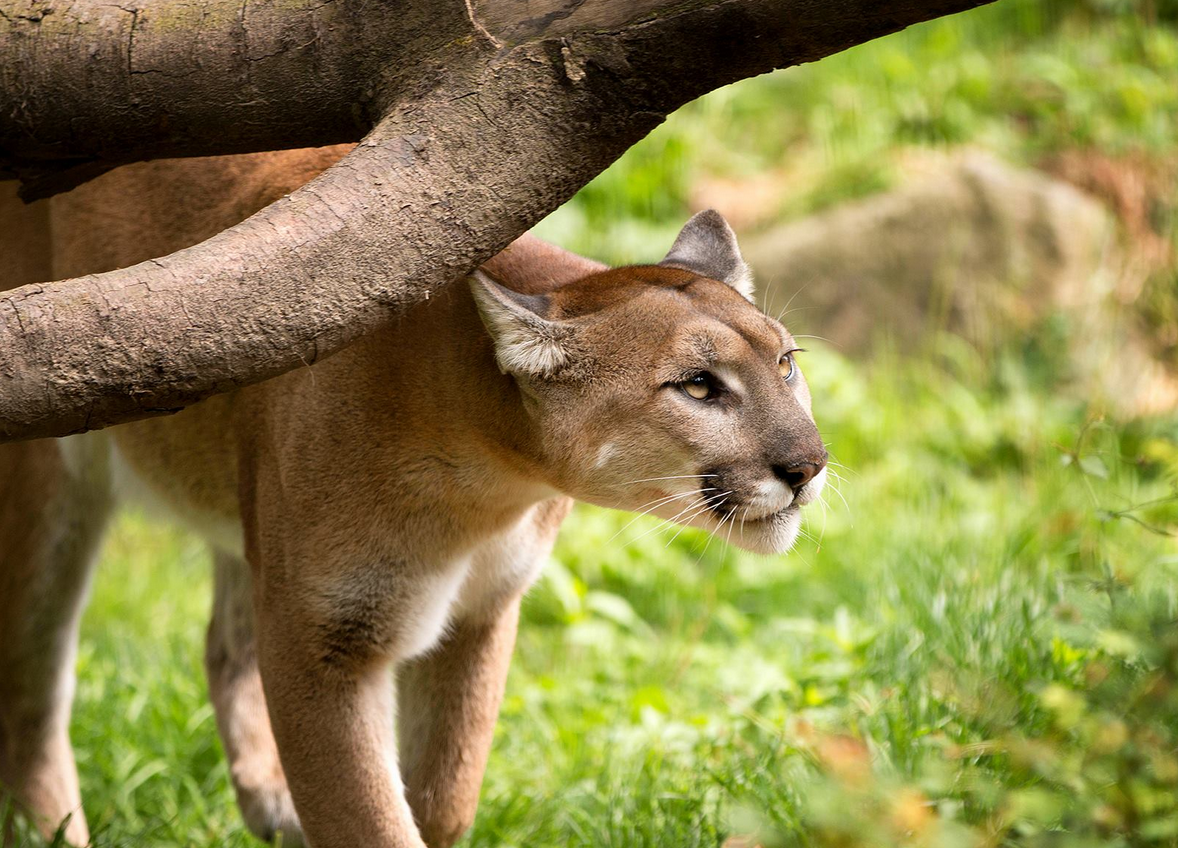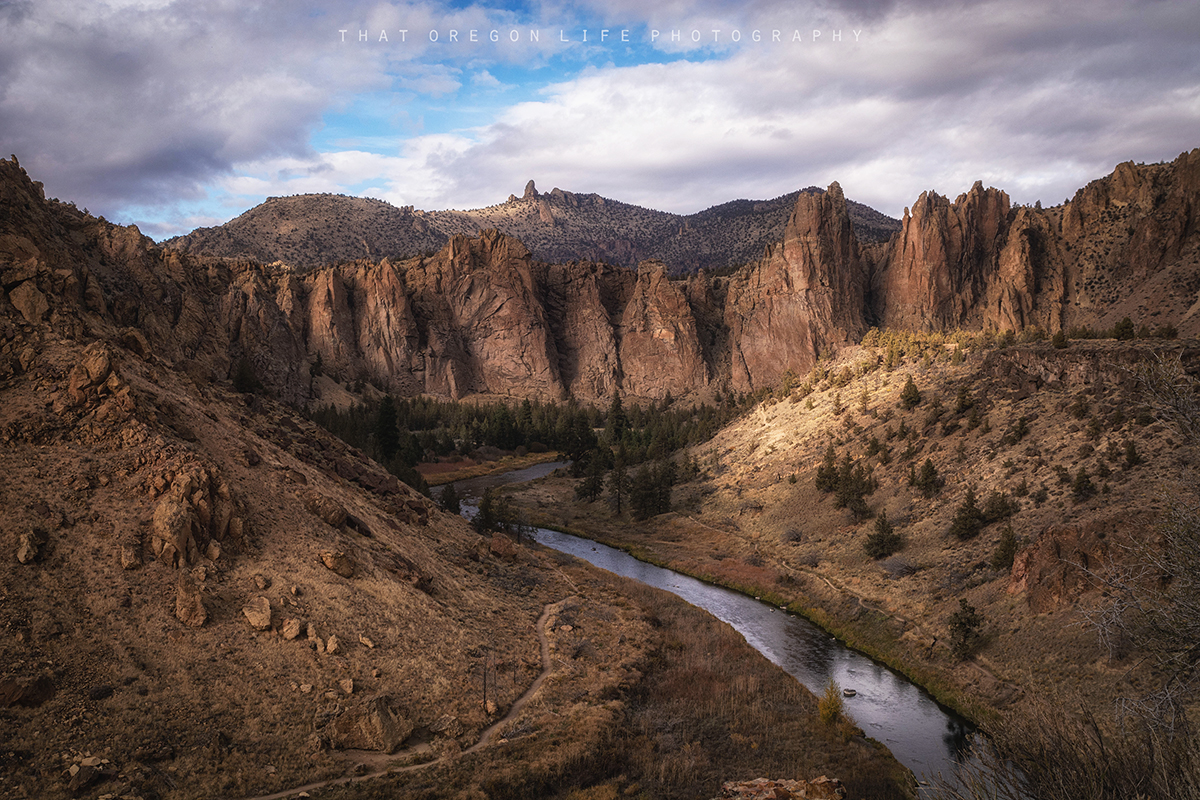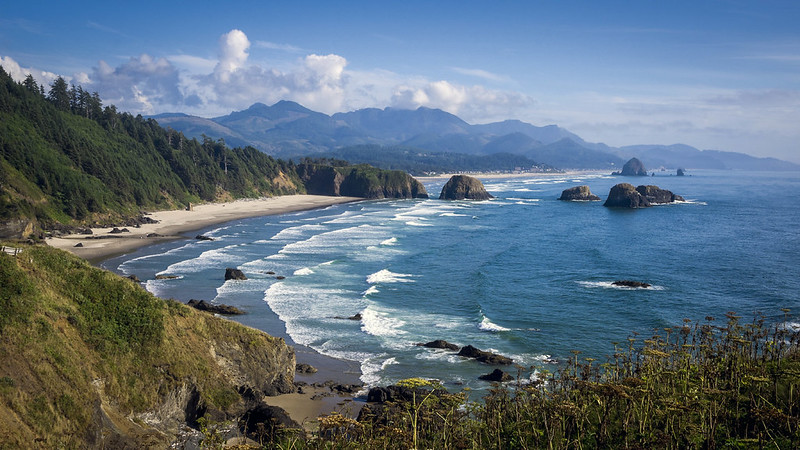Seeking to spot or attract hummingbirds in Oregon? Discover the seven distinctive species that grace the state, where to see them in their natural habitat, and learn how to make your backyard a hummingbird haven. This article is your guide to understanding and enjoying Oregon’s hummingbird population.
Key Takeaways
Oregon is a hummingbird watcher’s paradise with seven unique species, including year-round residents like Anna’s Hummingbird and seasonal visitors such as the Rufous Hummingbird.
To attract hummingbirds to your yard, set up the right kind of nectar feeders, plant native flowers and shrubs, and provide nesting materials and safe spaces for these tiny birds.
Hummingbird enthusiasts can contribute to conservation efforts by creating a bird-friendly habitat and supporting local initiatives focused on habitat restoration and education.
Oregon's Hummingbird Species: A Closer Look
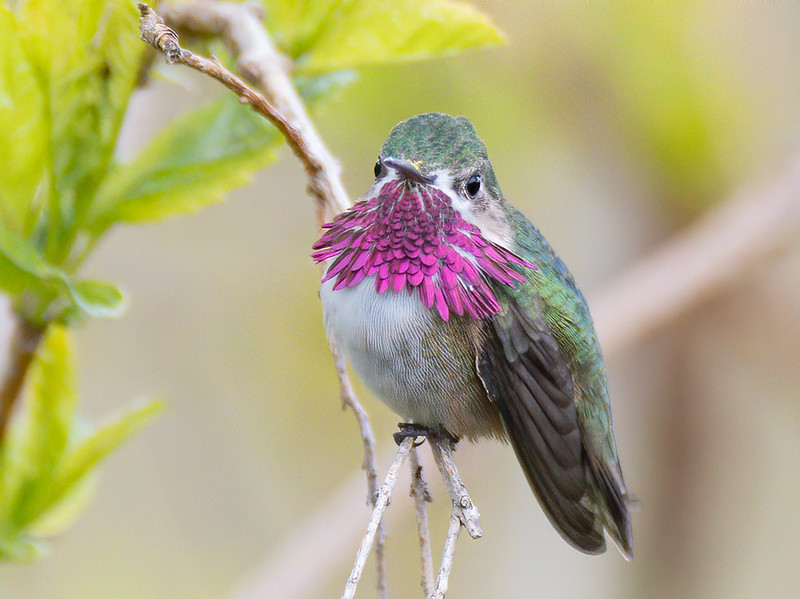
Oregon is a hummingbird paradise, home to seven unique species, each with its own charm and charisma. These tiny birds, resplendent in jeweled feathers, flit from flower to flower in a whirlwind of activity.
We’ll discover the unique charm of each hummingbird species that calls Oregon home.
Rufous Hummingbird
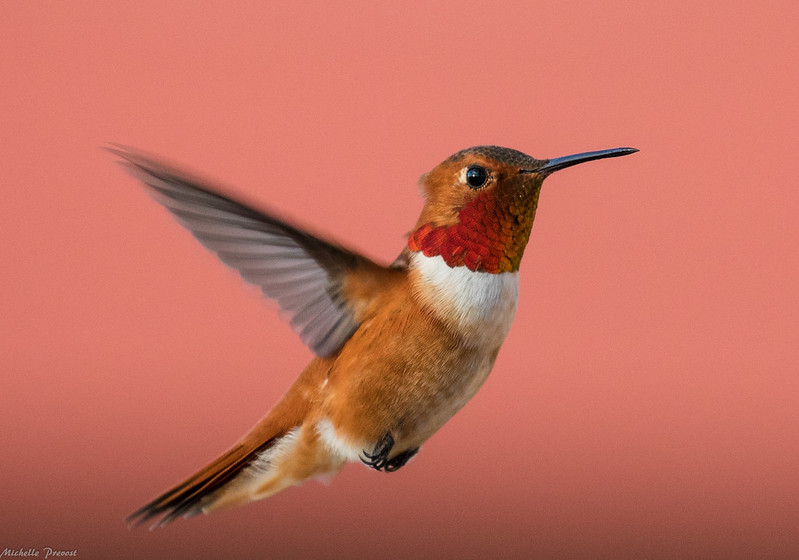
The Rufous Hummingbird, named for its vibrant orange hues, is a fiery addition to Oregon’s avian scene. These rufous hummingbirds are known for their feisty nature, often seen defending their turf against larger birds.
Their summer migration through Oregon adds a splash of bright pink color and liveliness to the landscape.
Anna's Hummingbird
Anna’s Hummingbirds are a staple in Oregon, residing year-round in the state. These beautiful creatures, known as Anna’s Hummingbirds, have characteristics that include:
Gleaming green feathers that catch the light
Male Anna’s Hummingbird with iridescent rose-colored heads and throats
Adaptability to Oregon’s winters, a testament to the resilience of nature.
Calliope Hummingbird
Oregon’s mountain habitats serve as the breeding grounds for Calliope Hummingbirds, the smallest bird species in the US. These tiny birds, often found in montane and meadow environments, add a touch of charm to the state.
Black-chinned Hummingbird
The Black-chinned Hummingbird is a versatile species, adaptable enough to thrive in various habitats throughout Oregon.
Named for their velvety black throats, these birds are a delight to observe and photograph.
Costa's Hummingbird
Costa’s Hummingbirds are rare visitors to Oregon. They’re known for their vibrant purple caps and throats, which are especially striking on the males. The Rogue Valley is so appealing that some people choose to stay there all year. This demonstrates the region’s charm and allure.
Allen's Hummingbird
Allen’s Hummingbirds:
Have warm rusty-orange flanks and green backs
Are a common sight in the southern coastal areas of Oregon
Breed predominantly in coastal scrub or riparian areas
Are a key species of the region’s ecosystem
Broad-tailed Hummingbird
The Broad-tailed Hummingbird:
Is a rare sight in Oregon
Can be found in the mountainous areas
Has a unique adaptation to high altitudes
Has bright white chests, making them stand out from other hummingbird species in Oregon.
Creating a Hummingbird-Friendly Oasis: Tips for Attracting Them to Your Yard
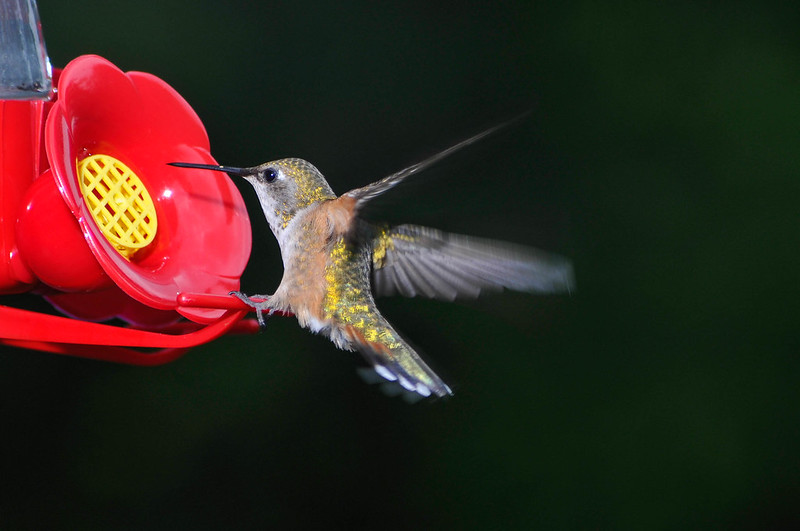
When you create a haven for hummingbirds in your yard, the rewards are plentiful. Creating a safe haven for these winged wonders is about more than just putting up a hummingbird feeder; it involves planting native flowers, providing nesting materials, and ensuring a safe environment.
We’ll guide you on transforming your yard into an inviting sanctuary for hummingbirds.
Nectar Feeders: Types and Tips
Choosing the right nectar feeder is a key factor in luring hummingbirds to your yard. It’s not just about filling a feeder with sugar-water; it’s about choosing the right feeder, placing it properly, and maintaining it for the health and safety of your visiting hummingbirds.
Planting Native Flowers and Shrubs
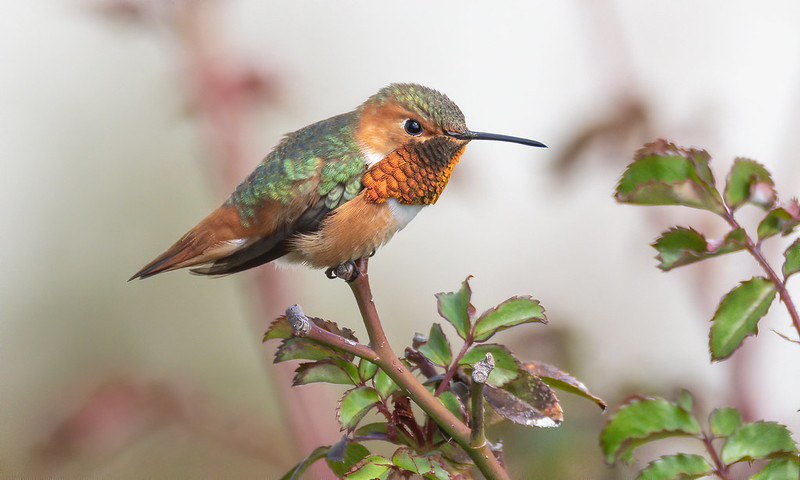
By planting native flowers and shrubs, you can transform your yard into a hummingbird paradise. The nectar-rich flowers attract hummingbirds, providing these tiny birds with essential energy and nutrients. In addition to the natural sources, hummingbird feeders can also be a great way to welcome these beautiful creatures into your garden.
Plus, a garden full of blooming native flowering plants is a sight to behold!
Providing Nesting Materials and Safe Spaces
To create a yard that is truly hummingbird-friendly, you need to provide nesting materials and safe spaces. These birds need suitable materials to build their nests, and safe spaces where they can raise their young without disturbance.
Best Spots in Oregon for Hummingbird Watching

Oregon boasts a multitude of splendid locations for hummingbird watching. From the coastal regions to the mountainous areas, and even urban gardens and parks, Oregon offers a variety of habitats for these stunning birds.
Coastal Regions
Oregon’s coastal regions are a haven for hummingbirds, especially for the Allen’s and Rufous varieties. The lush, green landscapes of areas like Cannon Beach and Newport create the perfect backdrop for observing these vibrant birds.
Mountain Areas
Mountain areas in Oregon offer a unique opportunity for hummingbird watching. The Calliope and Broad-tailed Hummingbirds prefer these high-altitude habitats, making them an exciting find for birdwatchers.
Urban Gardens and Parks
Urban gardens and parks are surprisingly wonderful places to spot hummingbirds. Anna’s and Black-chinned Hummingbirds are attracted to these green spaces, making them perfect for urban dwellers who want to observe these spectacular birds.
The Fascinating World of Hummingbirds: Unique Behaviors and Adaptations
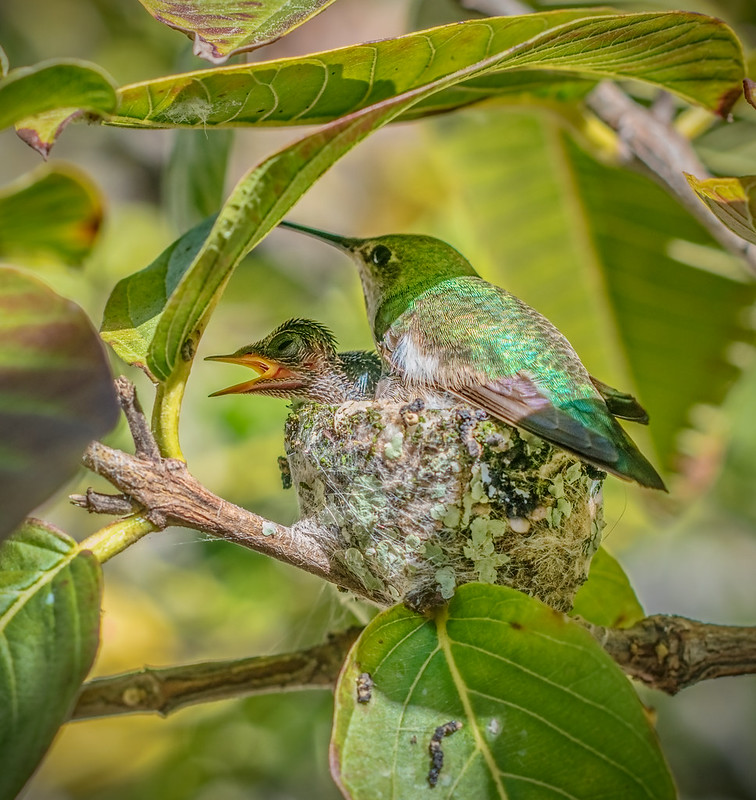
Hummingbirds captivate with their unique behaviors and adaptations, distinguishing them from other bird species. From their impressive memory to their high metabolism, and their long migration patterns, let’s delve deeper into the captivating world of hummingbirds.
Memory and Intelligence
Hummingbirds are not just beautiful; they’re also incredibly smart. They have an impressive memory, helping them remember hummingbird food sources, migration routes, and even individual humans!
Metabolism and Energy Conservation
Hummingbirds are tiny, but they are energy powerhouses. To keep up with their high metabolism, they consume large amounts of nectar and can enter a hibernation-like state called torpor to conserve energy.
Migration Patterns
Many hummingbird species undertake impressive migrations each year. These journeys, often spanning thousands of miles, showcase their incredible stamina and navigational abilities.
Protecting Oregon's Hummingbirds: Conservation Efforts and How You Can Help
Conservation initiatives play a vital role in safeguarding Oregon’s hummingbird populations. These birds face various threats, including habitat loss and climate change.
We’ll examine ongoing efforts to protect these birds and ways you can contribute.
Threats to Hummingbird Populations
Hummingbirds face several threats, including habitat loss, chemical exposure, and the impacts of climate change. These threats can lead to population declines and shifts in their distribution.
Local Conservation Initiatives
Several local conservation initiatives in Oregon are working hard to protect hummingbird populations. These organizations focus on habitat restoration, public education, and research to ensure the survival of these beautiful birds.
How You Can Make a Difference
Individuals can make a significant difference in protecting hummingbirds. From creating hummingbird-friendly yards to participating in citizen science projects and supporting conservation organizations, there are many ways you can help.
Capturing the Moment: Tips for Photographing Hummingbirds
The experience of photographing hummingbirds and capturing their beauty is immensely gratifying. Whether you’re a beginner or a seasoned photographer, these tips can help you take stunning hummingbird photos.
Camera Settings and Gear
Choosing appropriate camera settings and gear is essential for successful hummingbird photography. From using fast shutter speeds to choosing the right lens, these tips will help you capture these birds in all their glory.
Techniques for Capturing Stunning Shots
By honing specific techniques, you can take breathtaking photographs of hummingbirds. From panning to using natural light and anticipating bird behavior, these tips will help you take amazing hummingbird photos.
Best Locations for Hummingbird Photography
In hummingbird photography, the choice of location is of paramount importance. Certain gardens, parks, and nature reserves provide abundant opportunities for capturing beautiful photos of these birds.
Summary
From the colorful variety of species that call Oregon home to their fascinating behaviors, hummingbirds are indeed a treasure worth protecting. With our collective efforts, we can ensure that these winged wonders continue to grace our gardens and wild spaces for years to come.
Frequently Asked Questions
Do hummingbirds stay in Oregon year round?
No, most species of hummingbirds migrate out of Oregon for the winter, but the Anna's Hummingbird stays in the state year-round. They can be spotted in the region, frequenting feeders even during the colder months.
What is the most common hummingbird in Oregon?
The most common hummingbird in Oregon is the Rufous hummingbird. These fearless nectar feeders are popular in yards and widely spread across the state.
What kind of hummingbirds are in the Pacific Northwest?
In the Pacific Northwest, you can find four species of hummingbirds: Anna's, Black-chinned, Calliope, and Rufous. However, only Anna's Hummingbird can be found year-round in the Puget Sound region of western Washington.
What kind of hummingbirds are in Portland?
In Portland, you can spot Anna's and Rufous Hummingbirds. Their iridescent colors and delicate nature make them a thrilling sight in the area.
How many hummingbird species are there in Oregon?
There are seven hummingbird species in Oregon, including Rufous, Anna's, Calliope, Black-chinned, Costa's, Allen's, and Broad-tailed Hummingbirds. Enjoy spotting these vibrant birds in the state!

